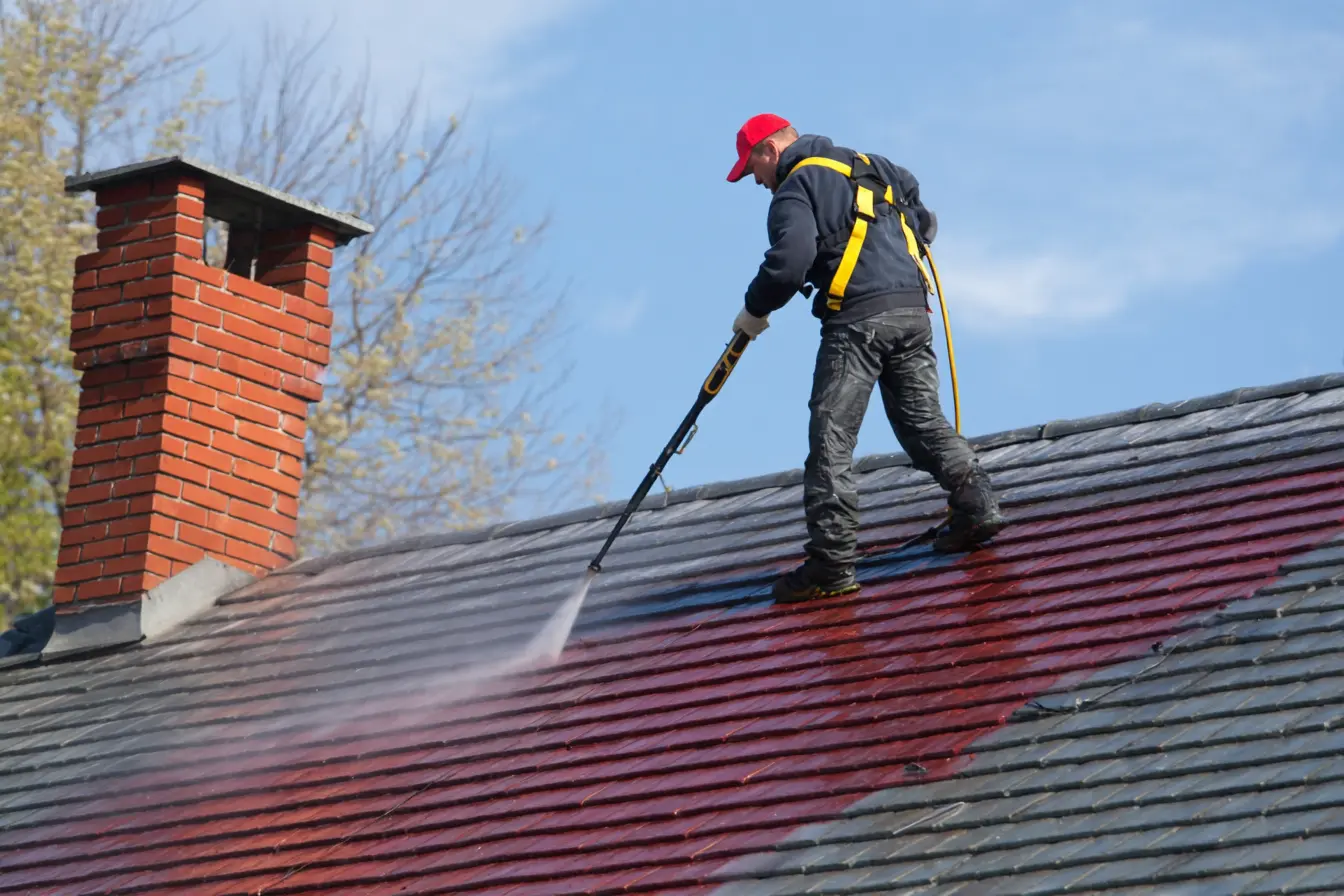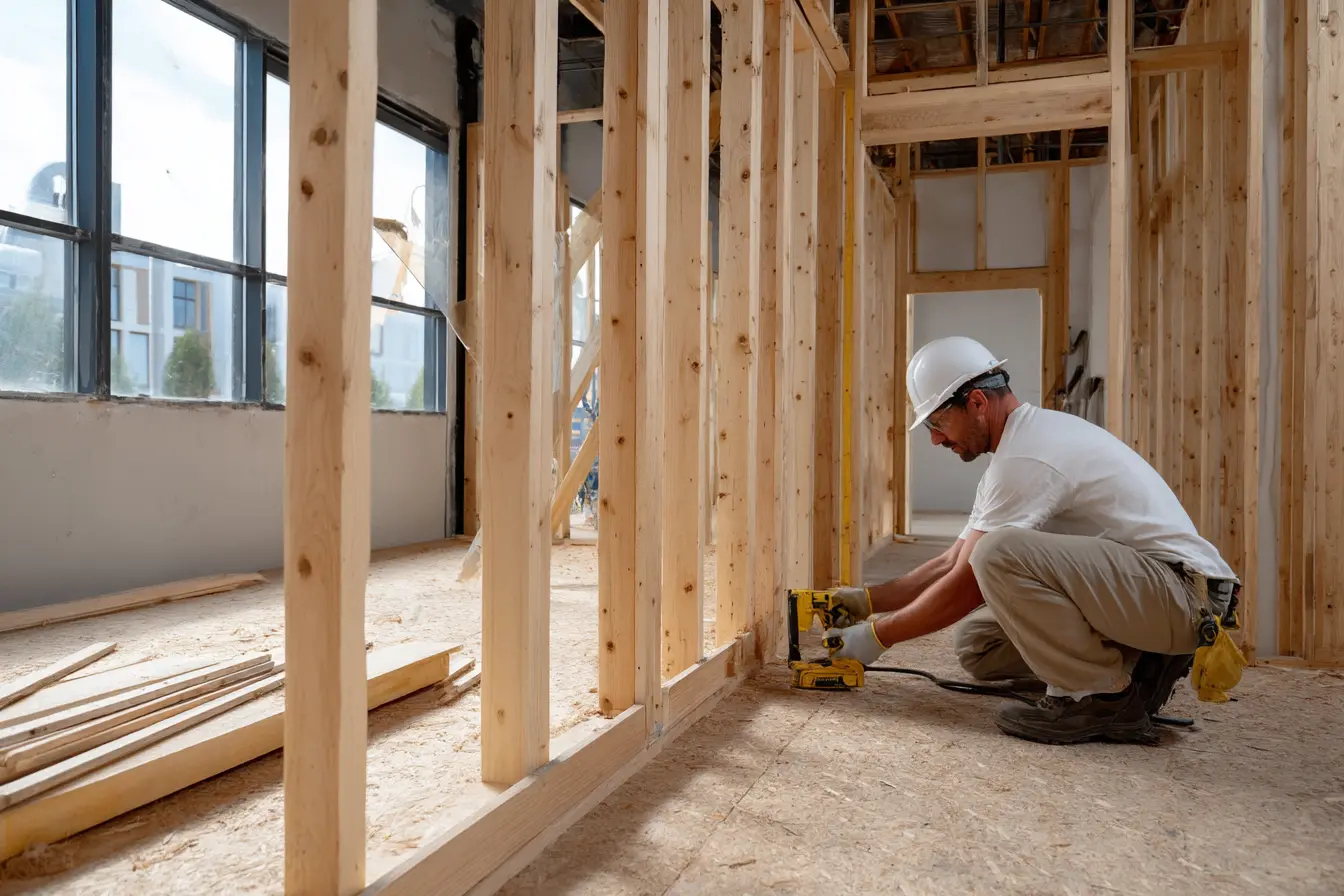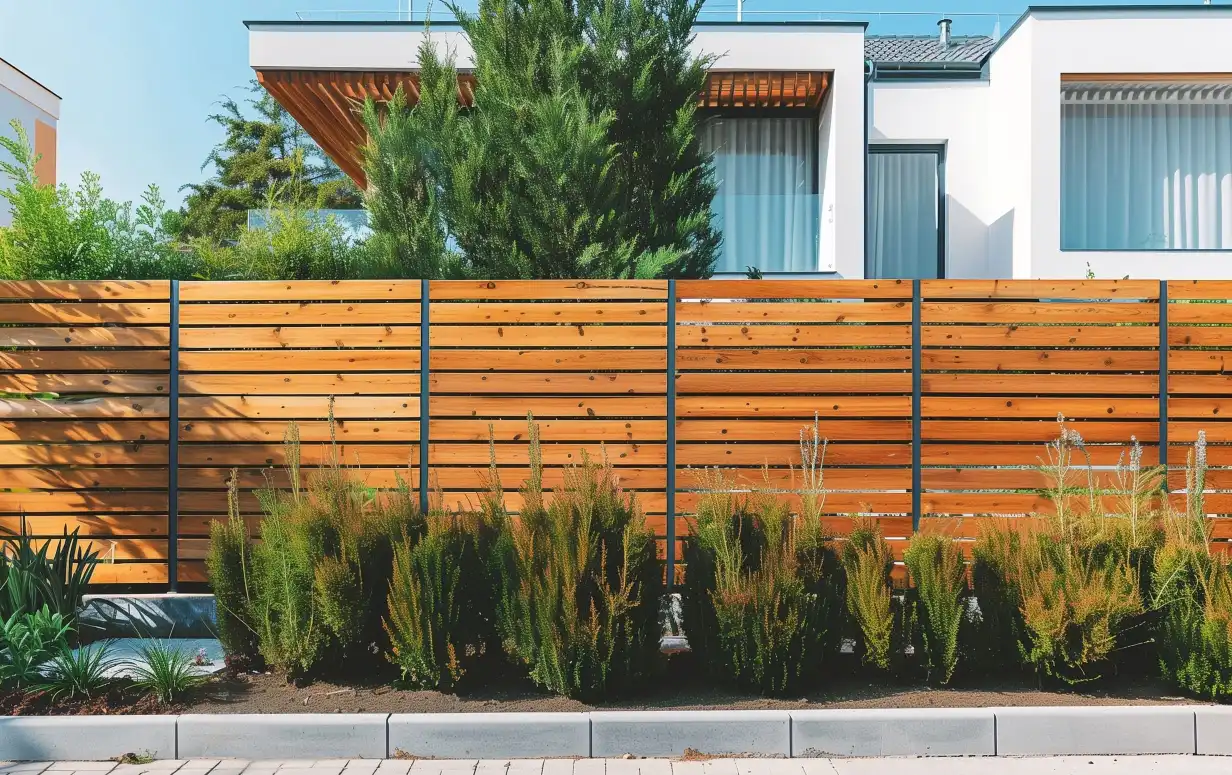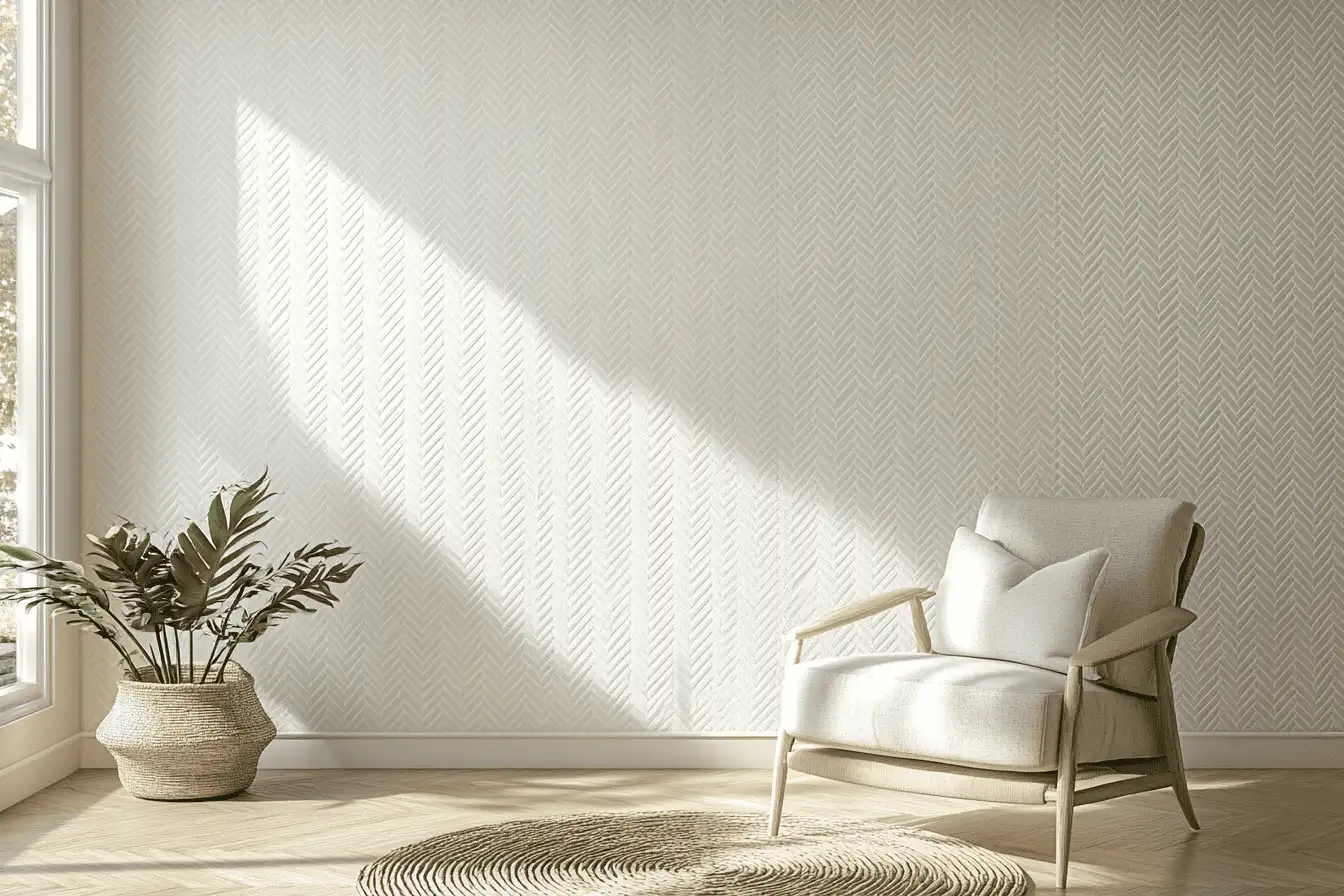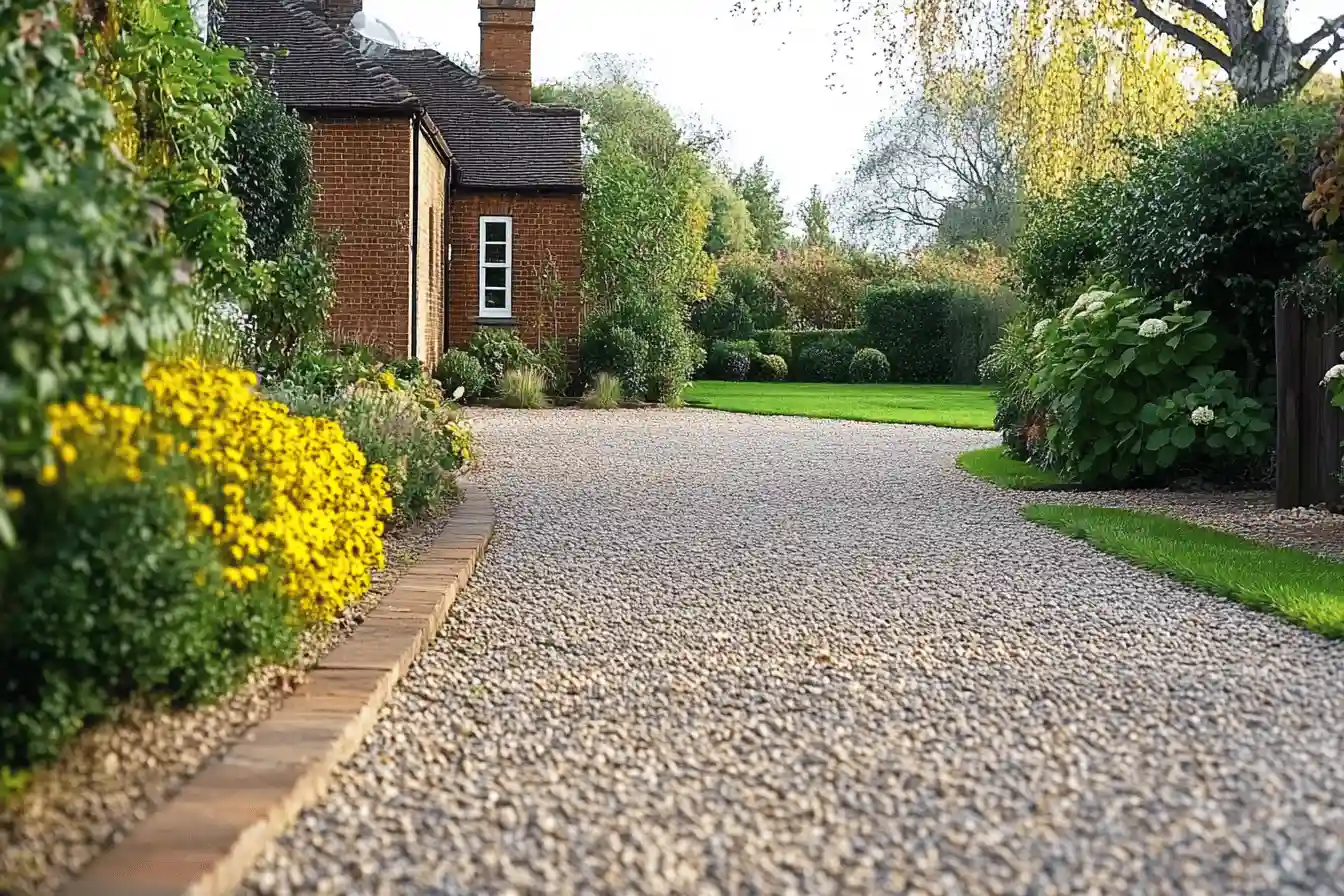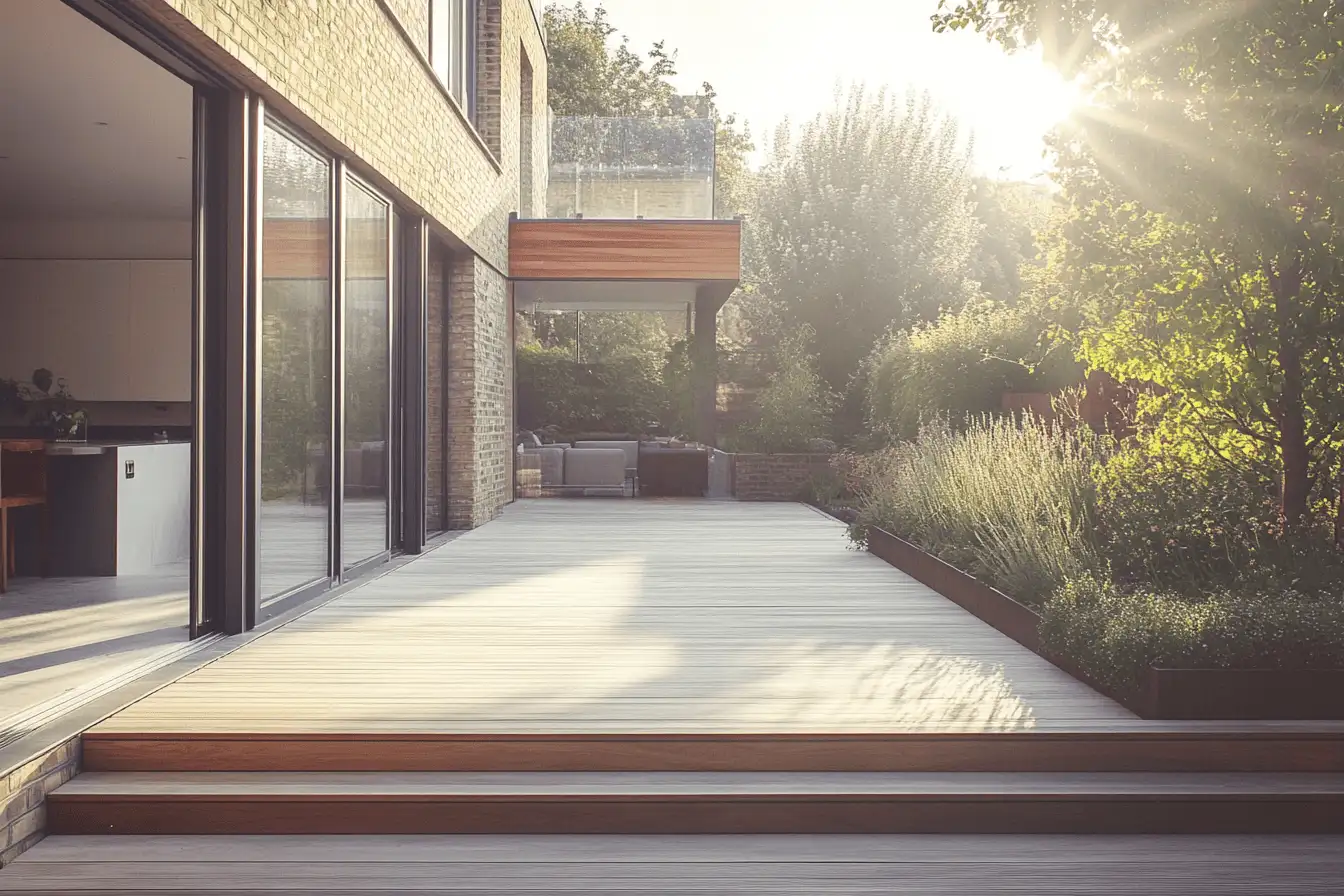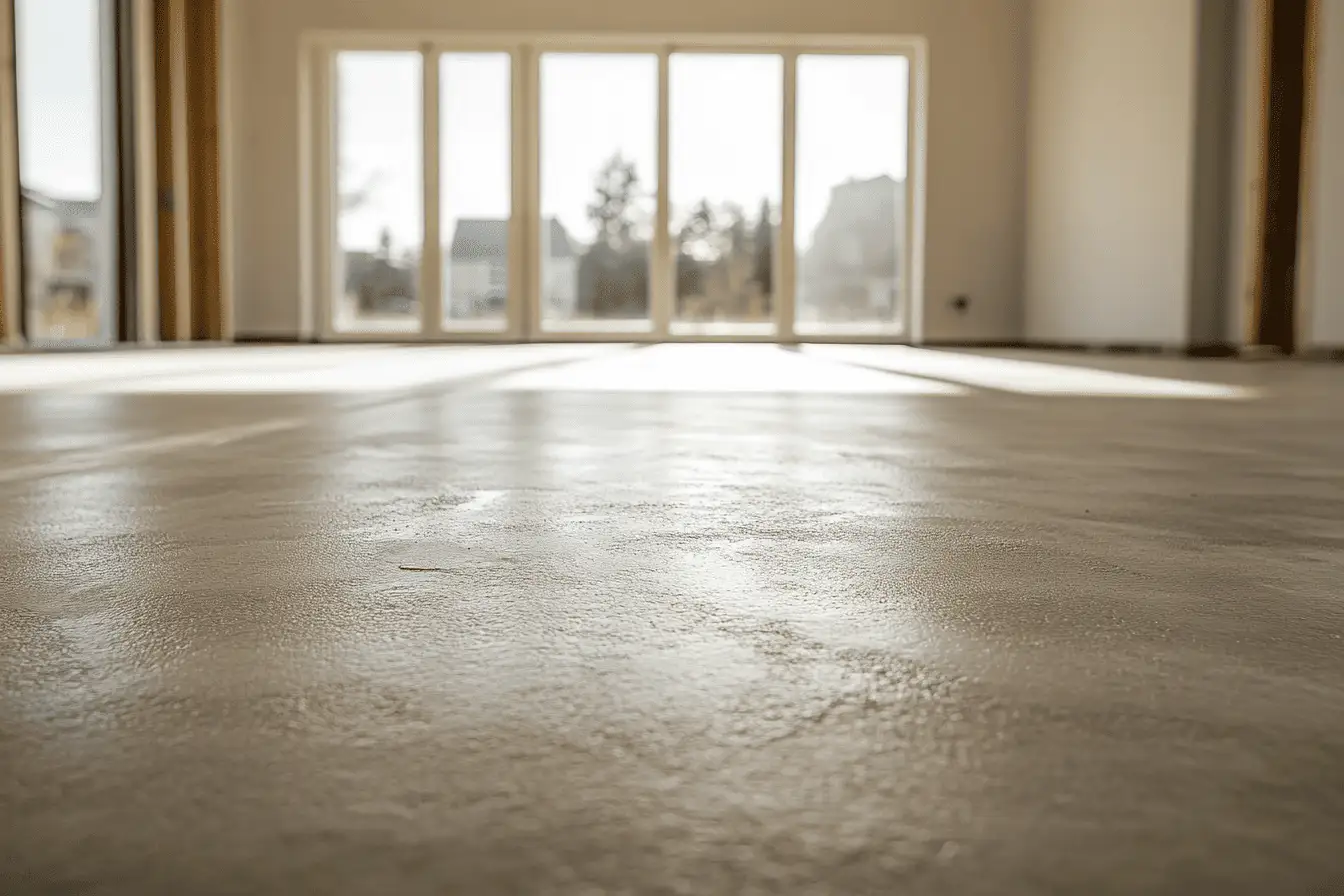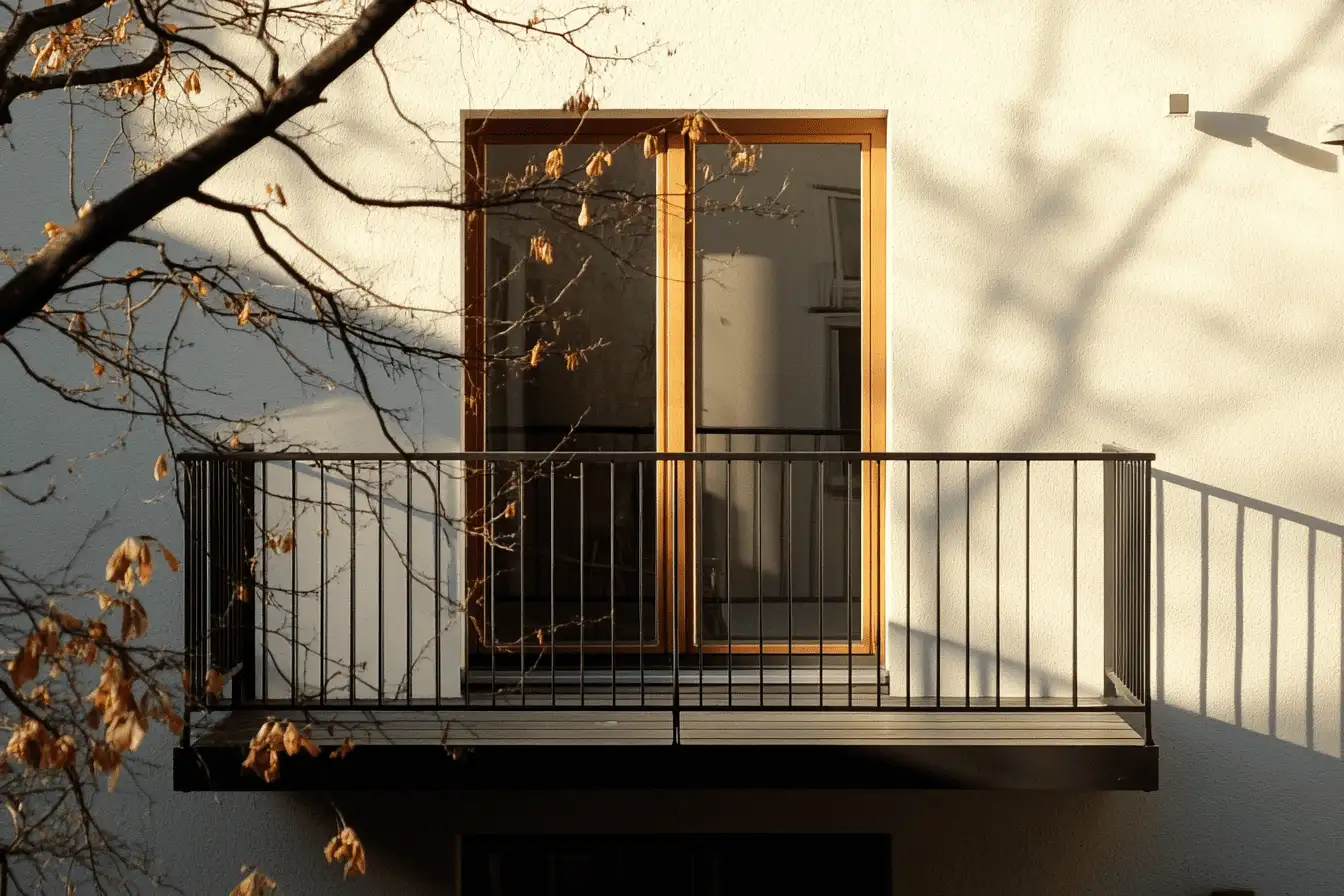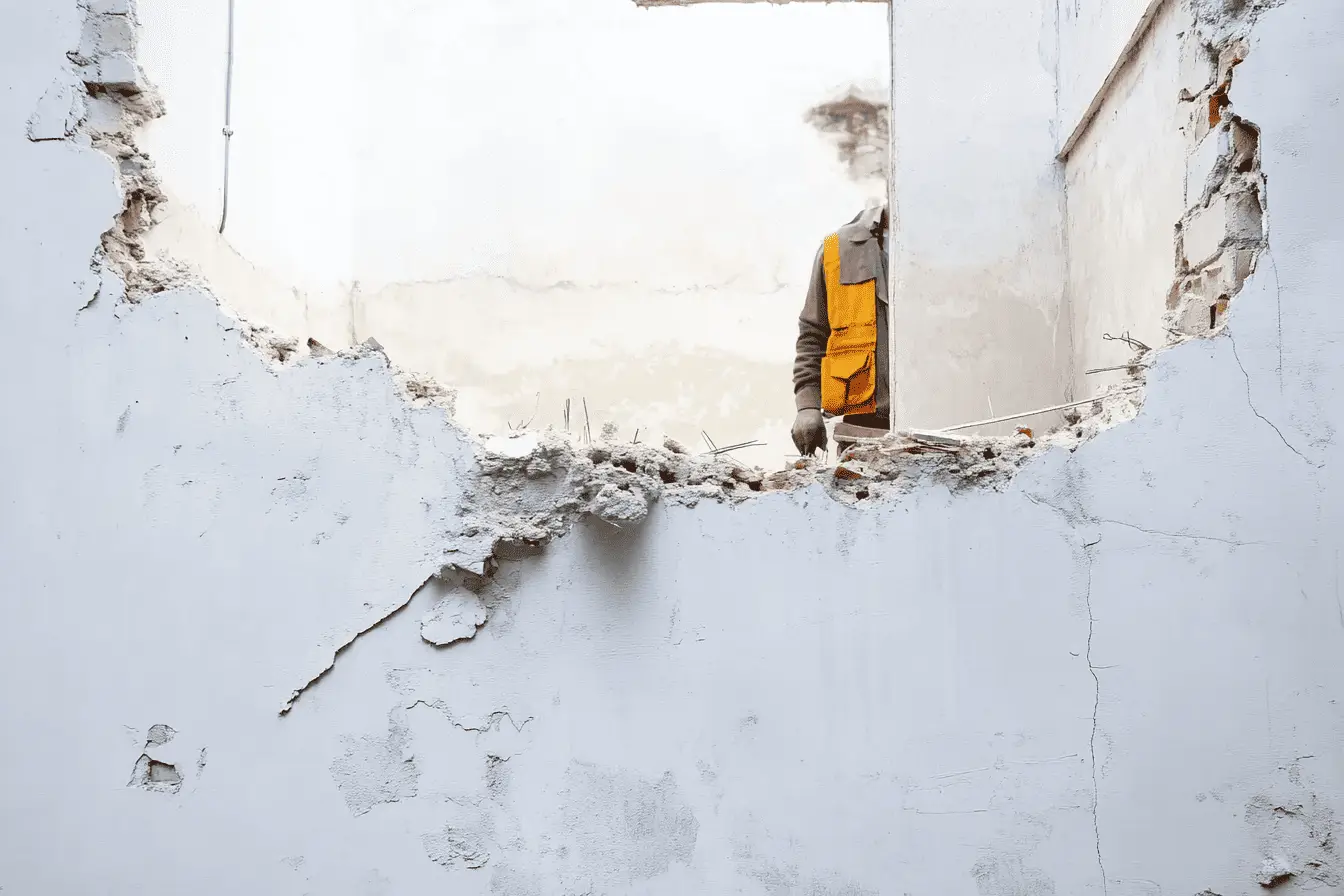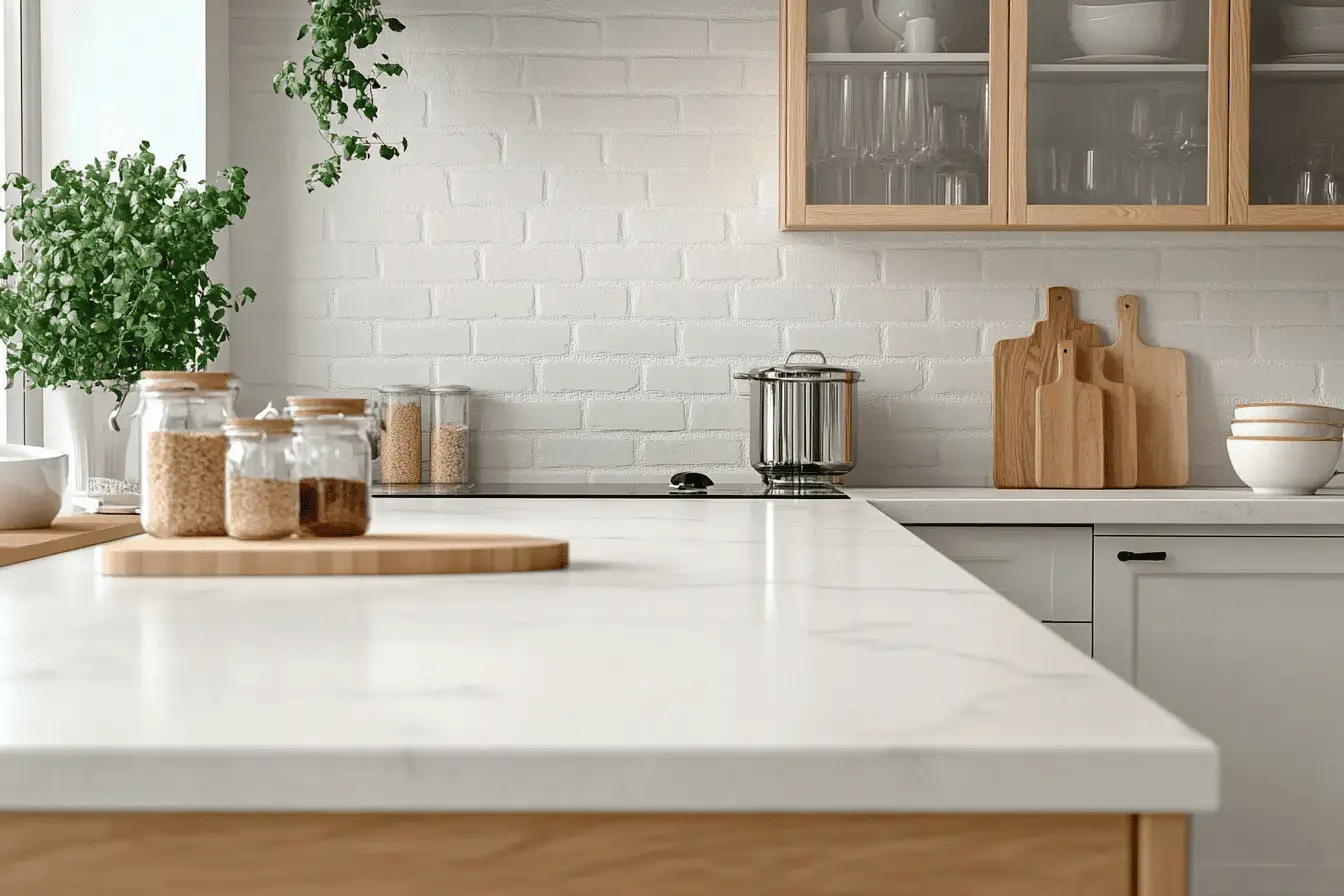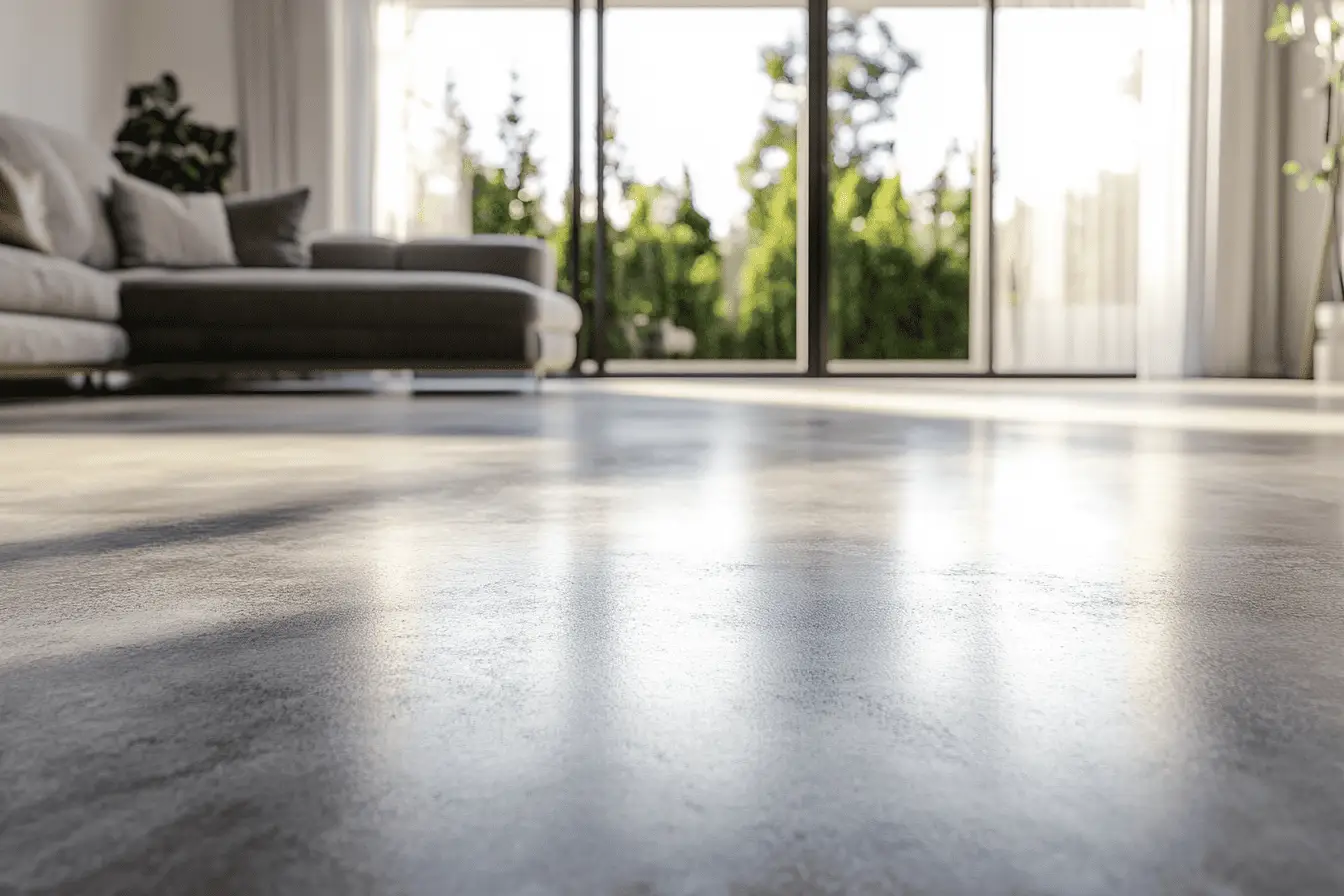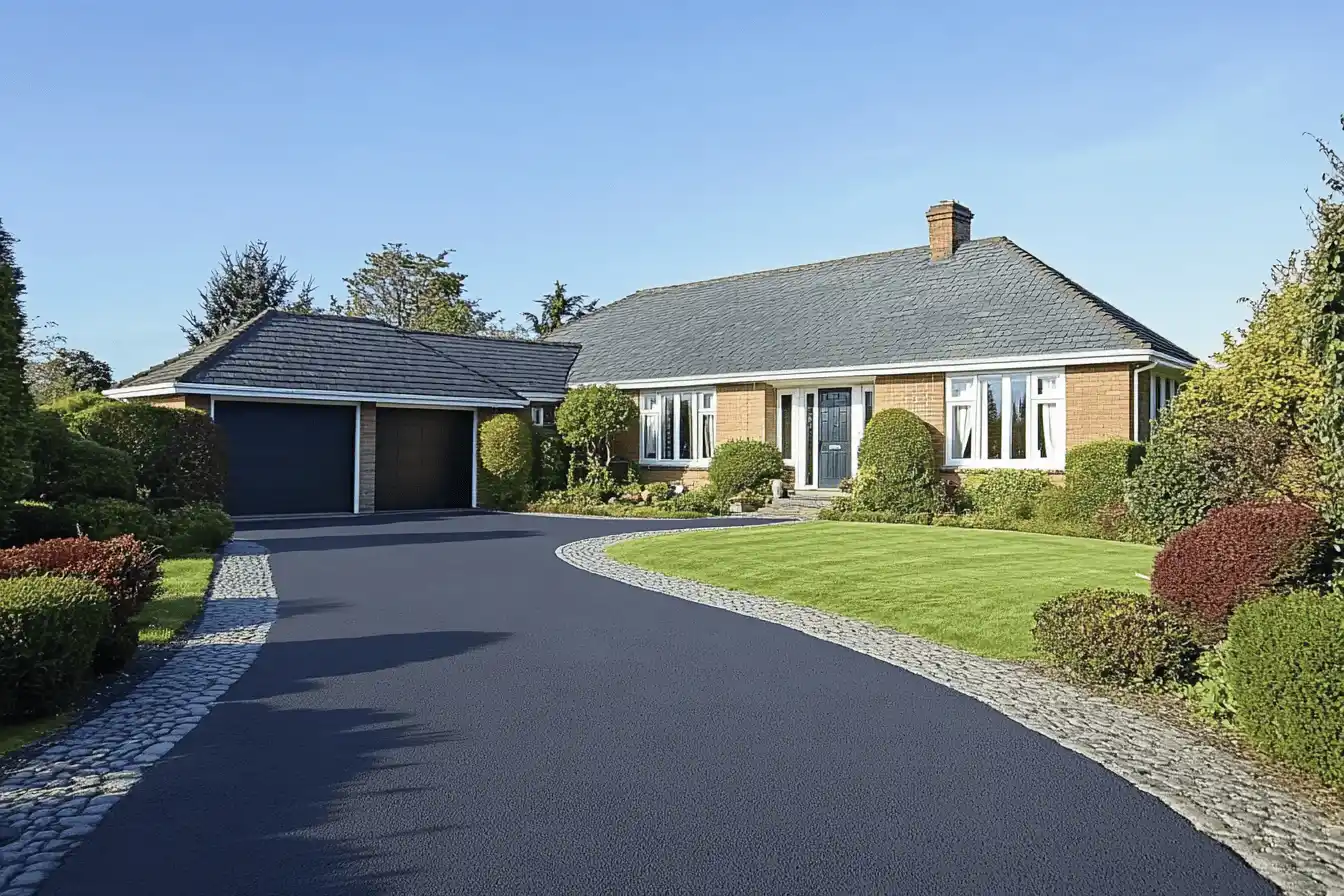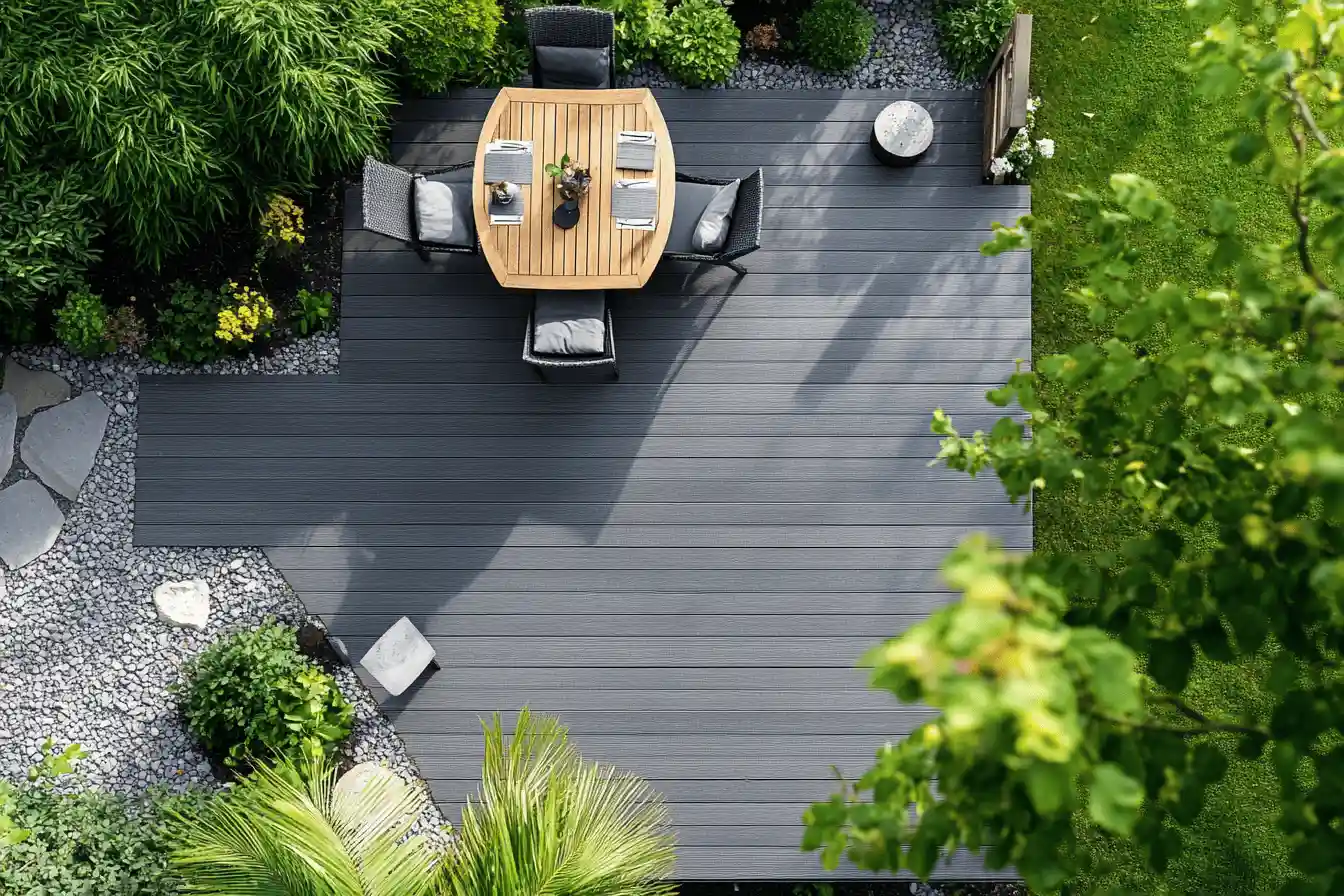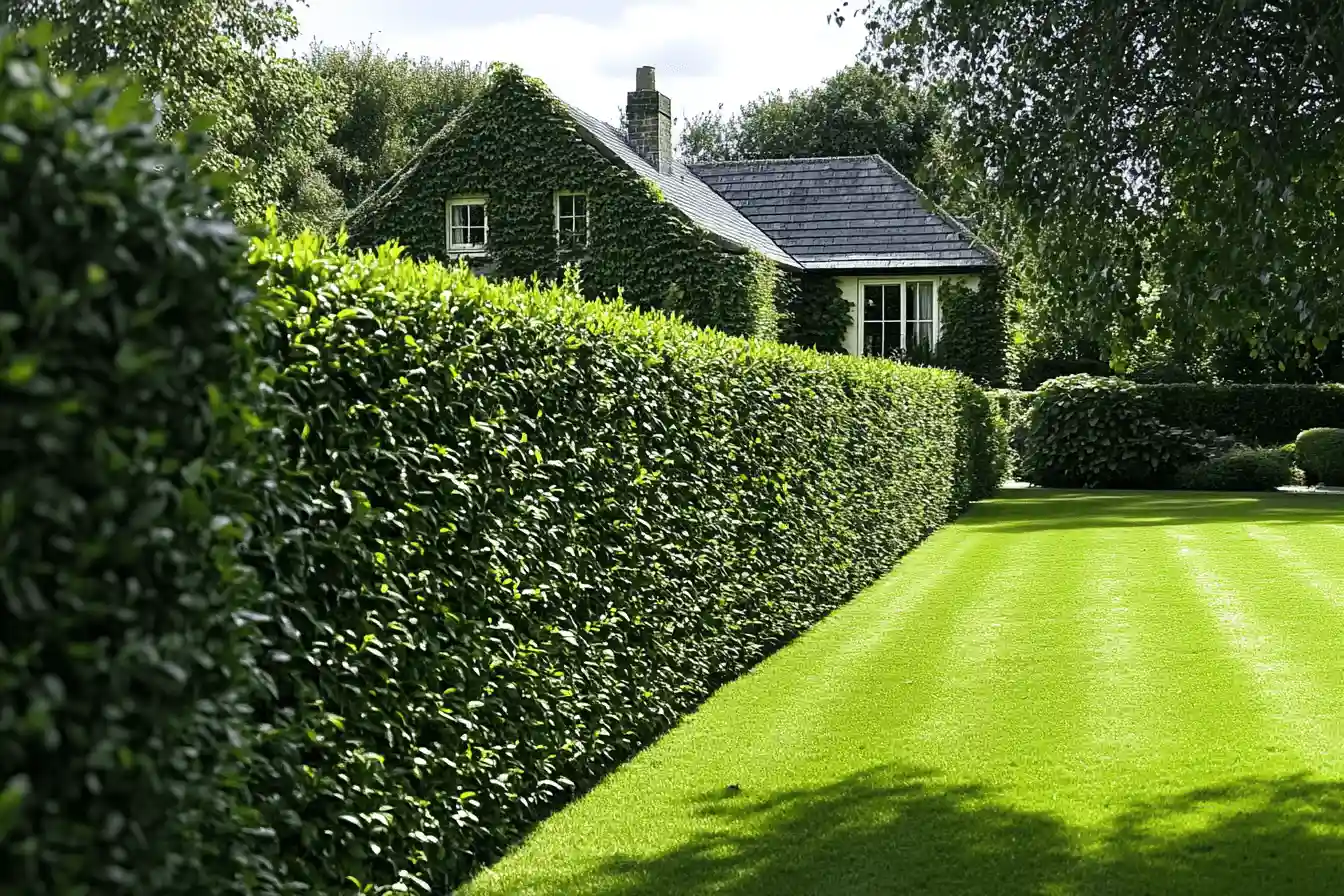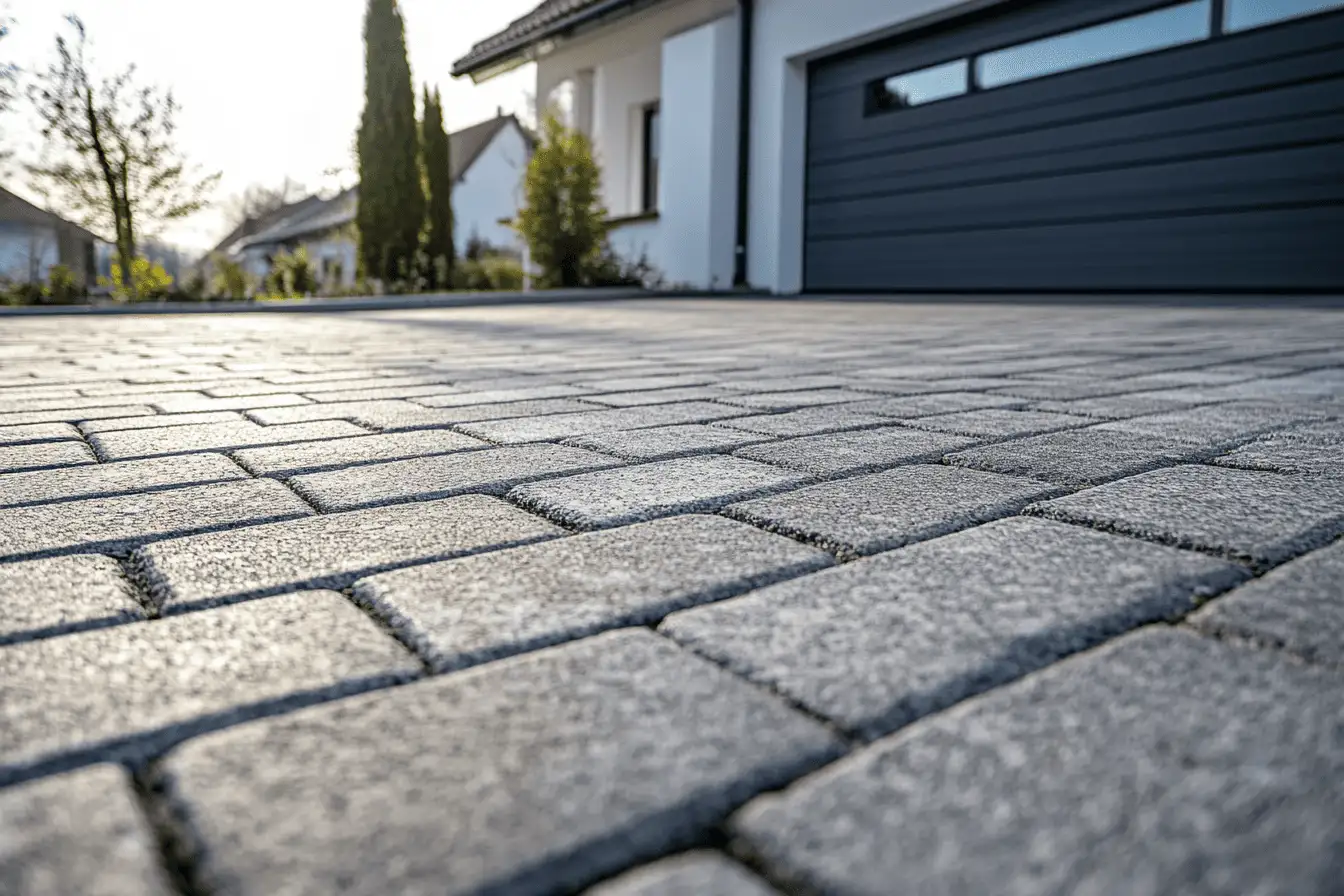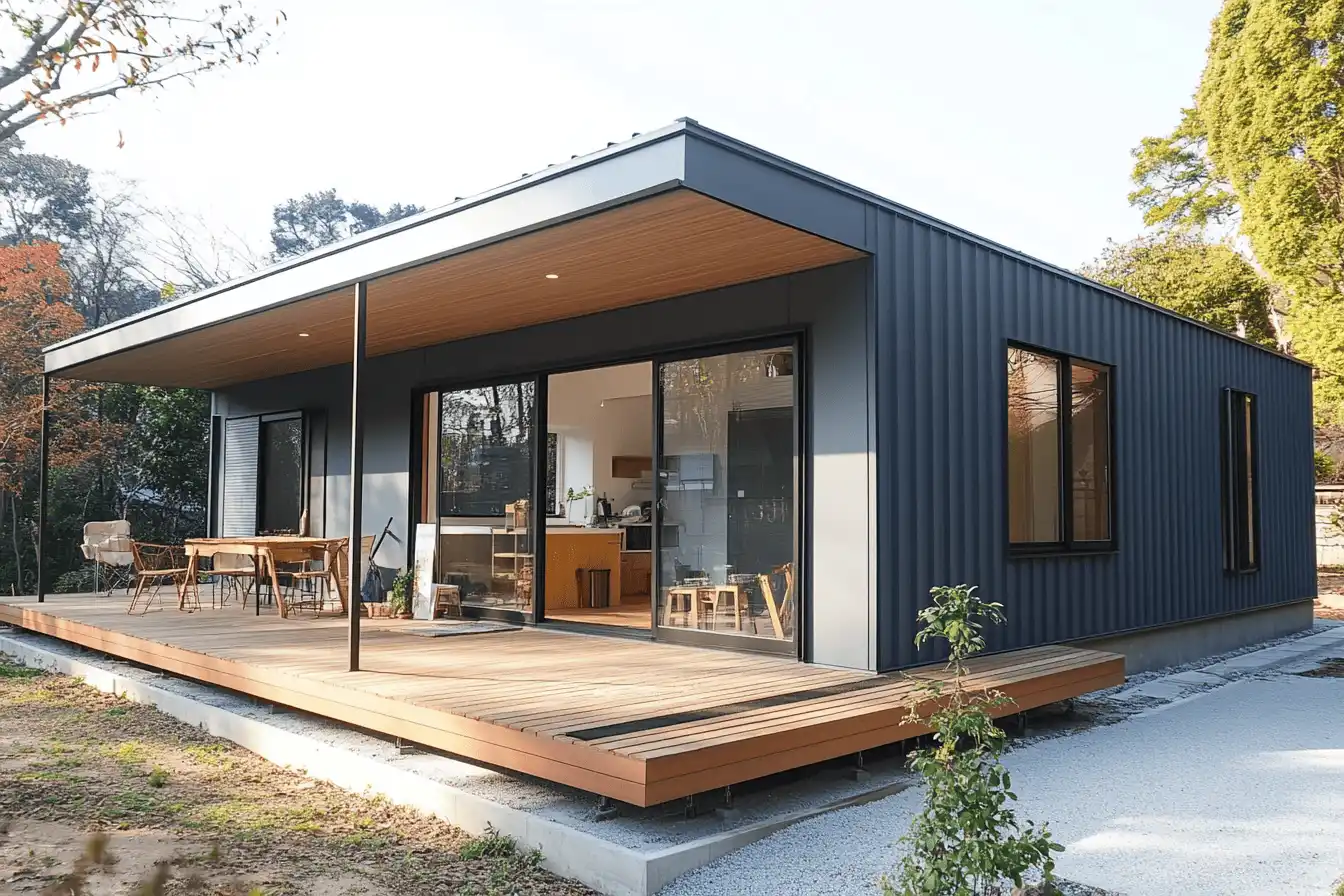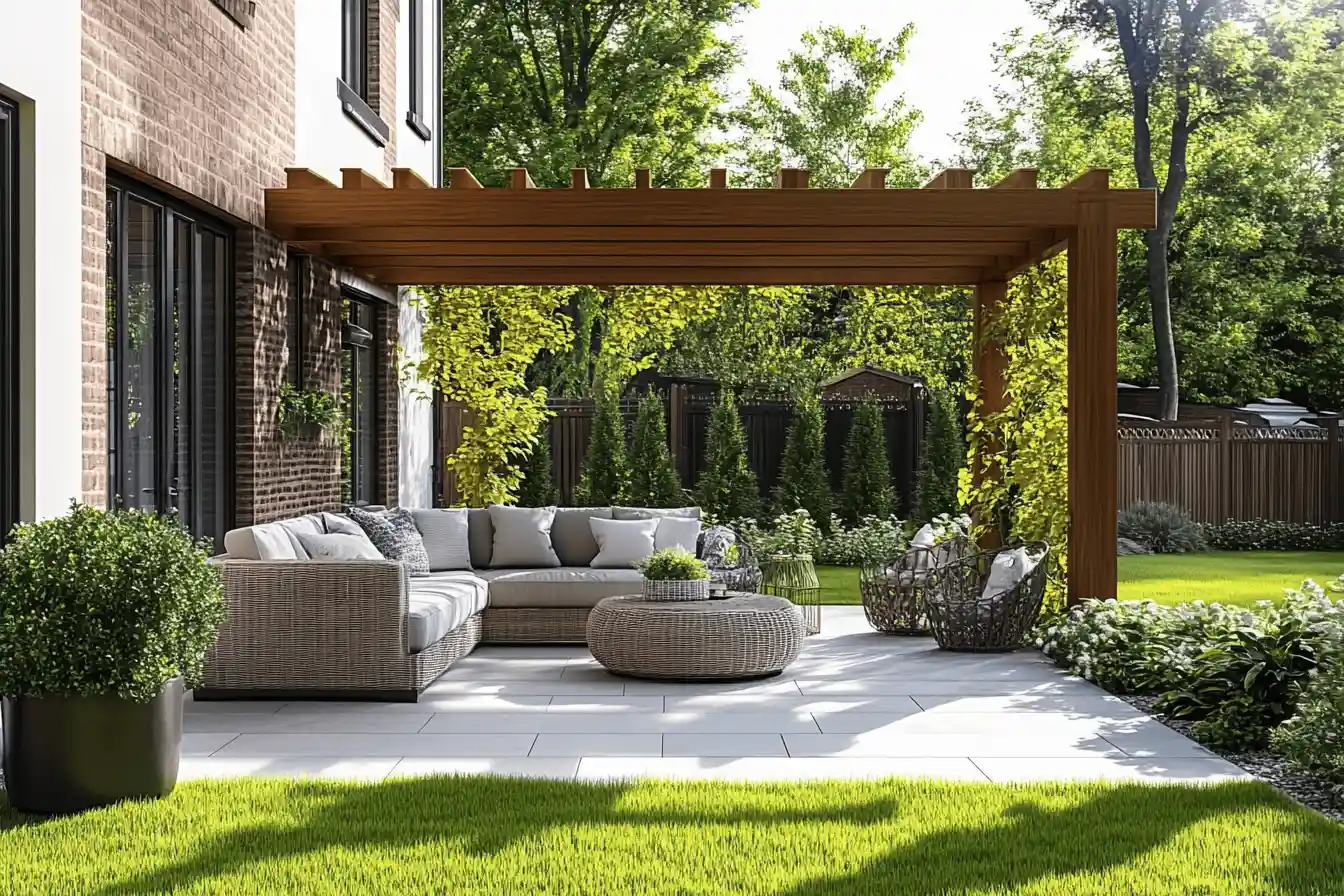
Building a patio is a popular way to get more living space and increase the quality of life, especially in the warmer months. Find out here how much the patio laying cost per square metre is in the UK and how to save money. Plus: Get free estimates!
How much does patio laying cost in the UK?
Although the patio laying costs can vary greatly depending on the terrain, type of construction and material chosen, they are often in the range of £80 – £160 per m2. However, the costs can also be significantly higher, especially if higher-priced materials such as natural stone or slate are used. In this case, the material alone costs at least £60 per square metre.
ON AVERAGE: £80 – £160 PER M2
The costs vary not only for the material, but also for the sub-base. Constructing a sub-base made of sand, crushed stone and gravel for a patio made of concrete, brick or (natural) stone, including excavation, removal and disposal of the soil is in the range of £40 – £80 per square metre.
The labour costs for laying a patio are usually in the range of £35 – £70 per square metre. While concrete slabs or pavers can be laid relatively quickly and inexpensively, the work for many natural stone variants and complex laying patterns is more expensive. The general rule is: the larger and simpler the individual slabs/boards/stones are and how they are arranged, the lower the costs.
For a better overview, we have prepared a cost example with concrete blocks for a 25 square metre patio. The work will be carried out by a specialist company near London. All figures given are estimates including VAT and may of course vary.
Example: Patio laying cost – concrete blocks, 25 sqm
1 m2 | 25 m2 | |
|---|---|---|
Excavation | £15 | £375 |
Removal and disposal | £7 | £175 |
Sub-base of sand, crushed stone, gravel | £35 | £875 |
Setting of kerbstones | £8 | £200 |
Concrete blocks (higher quality) | £25 | £625 |
Labour costs | £35 | £875 |
Total cost | £125 | £3,125 |
Save money: Compare patio laying prices in your area!
There are now platforms that help you compare prices of contractors and find the best value for money in your area quickly and easily. A recommendable service is that of Bark. It only takes a few clicks to fill out the form. Whether you accept one of the offers or leave it at the price overview is up to you. The service is non-binding and free of charge.
Material: What options are there and what do they cost?
There are various materials that can be considered for laying a patio. Each of them has different strengths and weaknesses and comes with different costs. The following is an overview of the most popular options:
» Concrete, from £20 per sqm
Concrete is one of the most popular options for patios, which is certainly due to its price, as concrete slabs or concrete block paving are among the most affordable options. Concrete offers comprehensive moisture protection and concrete slabs are easy to move and replace. Concrete is also very weather resistant. On the other hand, concrete is not everyone’s taste and is limited in terms of design and flexibility. Concrete also tends to fade over time.
» Brick, from £25 per sqm
Another popular material in the lower price segment is brick. It is resistant to scratches and damage and relatively easy to repair. However, brick can be a little more difficult to lay, which can slightly increase labour costs. Regular maintenance is also necessary, as the surface should be resealed from time to time. Although brick is also weather resistant, it can show weaknesses when exposed to frost.
» Slate, from £60 per sqm
Slate is one of the higher-priced options, but is particularly popular because of its appearance. In addition, slate retains its colour much longer and does not fade, especially in comparison to concrete. However, slate is also somewhat more vulnerable to scratches and, due to its surface structure, small icy areas can occur in winter.
» Natural stone, from £50 per sqm
Natural stone is also popular because of its noble appearance and is one of the most durable options. Although the costs are significantly higher (prices of £100+ per square metre are possible here), they can be profitable, especially because of this durability. With natural stone, a wide variety of designs are also possible. However, due to its natural, uneven surface, natural stone is somewhat more susceptible to green infestation such as weeds.
Which factors influence the cost of laying a patio?
The exact patio laying costs are difficult to generalise and depend on several factors. The following is an overview of the biggest cost factors:
» Material of the patio
Whether concrete, brick or natural stone – depending on the material chosen, the costs can vary considerably. Concrete is the cheapest option, natural stone the most expensive. In addition, the chosen material influences the costs for the sub-base.
» The sub-base
The type and cost of the sub-base are closely related to the material chosen. Depending on the material used, a different sub-base may be required.
» Size of the terrace
A very simple point, but also decisive. Although the price per square metre decreases with increasing size, the total costs increase.
» Region and hourly rate of the tradesmen
The costs of having a patio laid can vary not only from region to region, but also from tradesman to tradesman. For this reason, it is always advisable to compare prices beforehand.
» Condition of the terrain
If a patio is to be laid, it is important that the ground is level. If the ground is not level, it must be levelled or constructed accordingly before laying the patio.
» Difficulty of the construction
Finally, the difficulty of construction can also affect the patio laying cost. A patio that is integrated between a few walls of the building and to which only a cover needs to be added will always cost less than a patio that requires a structure to be built from scratch.
For particularly demanding patios, it may even be advisable to consult an architect. A qualified professional can advise on the choice of material, the dimensions of the patio and even its optimal orientation. For example, it is advisable to use lighter materials for a roof patio than for a garden patio.
What is the best way to clean the patio surface?
Which cleaning agent is best depends on the patio material you have chosen. For example, a brick or concrete patio can be cleaned with a special cement cleaner. For coarse contaminants such as stains, weeds or dirt, you can simply use a hose and brush.
For a natural stone or slate terrace, there are special, stone-friendly cleaning agents. Alternatively, vinegar can be used to remove stubborn stains from the surface.
What time of year is best for laying a patio?
Although laying a patio is most popular between spring and late summer, you can basically have your patio built all year round. However, sub-zero temperatures are an exception. What also applies to all seasons: rain makes conditions more difficult, as rain can impair the curing process.
If you have your patio built in winter, professionals will cover the installation with a polyethylene sheet to protect the mortar from frost or rain during the drying process.
Saving tips: How can you save on patio laying costs?
1. Do the preliminary work yourself
To reduce labour costs, you can remove existing patios or lawns yourself if you are able to do so. If you are sure of the depth you need to dig for the sub-base, mortar and patio surface, you can do this as well. In that case, you would just leave the laying of the slabs to the professional. However, this is really only something for advanced people with the appropriate experience. Important: Any preparatory work should be agreed in advance with the tradesmen.
2. Choose simple laying patterns
More complex designs such as paving circles are much more labour and cost intensive. A simple but attractive design can be just as appealing and can be complemented by additional but inexpensive components such as plant pots or raised beds. The price savings can sometimes be enormous.
3. Have a patio laid outside the peak season
Although patio laying is particularly popular from spring onwards and during summer, it can be carried out all year round, with the exception of sub-zero temperatures. This may be an opportunity to save money, because specialist companies are very busy, especially during the peak season.
4. Carry out a free price comparison in advance
Because the costs of laying a patio can vary so much, both in terms of materials and also regionally from one tradesman to the other, it is always advisable to carry out a free comparison beforehand. That way you can quickly and easily find the best deal in your region.

